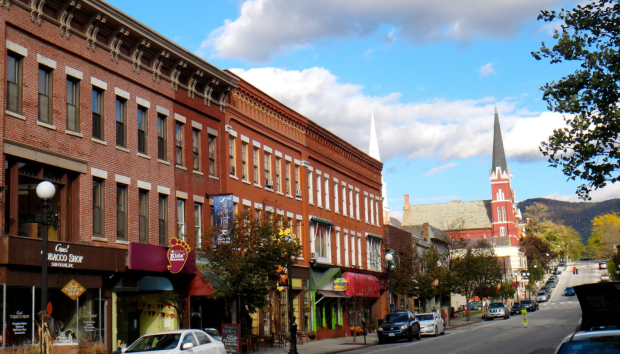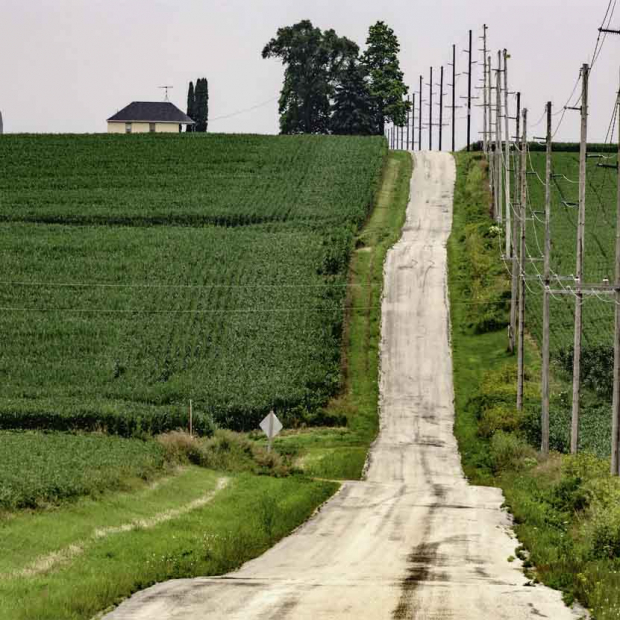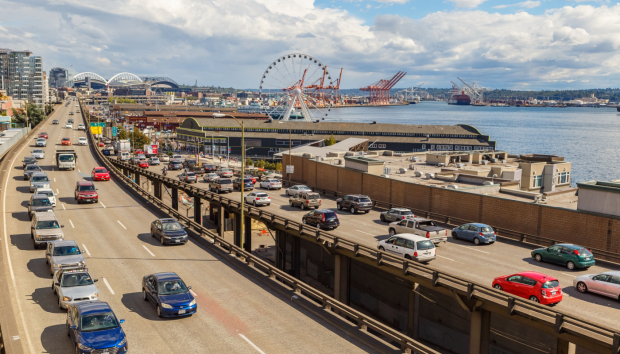
Economic Impact Of The Southern Tier Expressway
By the Southern Tier West Regional Planning & Development Board, with Economic Development Research Group and Cambridge Systematics, for the Federal Highway Administration, 2003
Highway in Rural New York State
The southwestern corner of New York State has long suffered from high unemployment and low income, and a lack of good regional highway access. To address the region's economic needs and accessibility limitations, New York State DOT authorized development of the Southern Tier Expressway, and the Appalachian Regional Commission designated it as Corridor T of the Appalachian Development Highway System.
The route of State Highway 17 was initially a 2-lane road, but the western portion (185 miles) was upgraded to a four lane, limited access expressway over the 1980's and 1990's. The upgrade was completed in 1999 at which time the highway was formally designated as Interstate 86. The Southern Tier West Regional Planning & Development Board, with assistance from Economic Development Research Group and Cambridge Systematics (funded by the Federal Highway Administration), conducted a study of the economic development impacts of rural highway expansion and interstate highway designation.
The study focused on five types of economic development related impacts, measured in terms of changes in: (1) truck and car traffic volumes, (2) land sales and property turnover,(3) local zoning and land use planning, (4) property development and values, (5) population, employment and income levels, and (6) business output and growth, by industry.
A particularly important aspect of this study is that it examined before and after changes occuring along the highway corridor, measured at both the local community and region-wide levels, and measured against trends occuring in other compariable areas. This approach followed guidelines for economic impact studies, as laid out in FHWA's Guide for Using Empirical Information to Measure Economic Impact of Highway Investments. The study found that:
(a) The project spurred land development and local land use planning in some but not all communities;
(b) The project led to a rise in construction and openings of manufacturing and warehousing businesses;
(c) Increasing traffic levels were accompanied by new truck stops and motels, and an Indian casino;
(d) Overall, the study area's economy is now performing better than that of a comparable area located elsewhere in the state, particularly in terms of attracting manufacturing activity.








